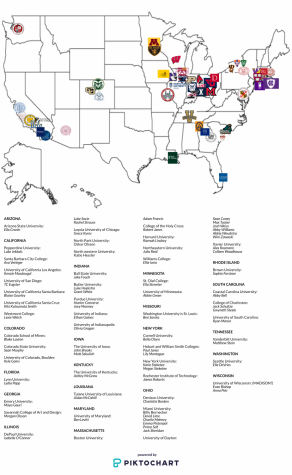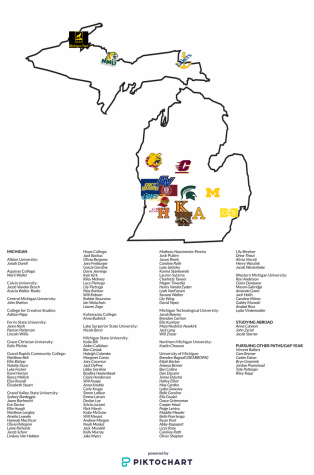Coronavirus spreading around the world causing panic
February 1, 2020
Over 60 million people under partial lockdown, at least 100 dead, and declared as an emergency by the World Health Organization; Coronavirus is threatening to sweep the globe. The virus is growing at an alarming rate as China saw a 65% jump in reported cases in just one day. Countries are even going as far as to send in planes to evacuate their own citizens from China. As there is no cure in sight, the only options right now are to keep studying the malicious disease and stunt the growth.
“I believe as long as we can strengthen our confidence, stand together, scientifically prevent and control the epidemic, and adopt precise measures, we will definitely defeat this epidemic,” Chinese President Xi Jinping said.
This confidence gives hope to the people but it also raises the question if it is entirely true. Words may flow easily, yet China is running low on supplies and the virus is quickly spreading. This is going to be a fight the whole world may have to help with.
The CDC has recently labeled Coronavirus as a level 3 warning which implies that “all non-essential travel to China” is not safe. The disease has now reached 17 other places, not including China. One of those being the U.S. where at least five cases have been confirmed.
Recently Germany has just diagnosed the first human to human infection of the virus in Europe. The man had not been to China, but had been in a meeting with a Chinese national a week prior. Hong Kong has closed its borders from China, and the U.S. is working on evacuating all citizens from the epicenter of the disease: Wuhan, China.
“The epidemic has entered a more serious and complex period,” The director of China’s Nation Health Commission said.
Three months before coronavirus broke the surface, a scientist at Johns Hopkins, Eric Toner, ran a simulation of the outbreak. The results that followed were bone-chilling. After just 6 months, the outbreak reached every country on earth, and one year later, 65 million were killed. The scientists in the simulation could not create a vaccine for the disease in time for it to take total control. This is an impending fear as real coronavirus’ still do not have vaccines.
“Mother Nature is throwing us a curveball with this outbreak, but we shouldn’t accept every claim like this until we see the data.” Dr. Michael Osterholm, director of the Center for Infectious Disease Research at the University of Minnesota said.
“All incoming and outgoing flights, cancel them.” Grady Gooch ‘19 said.
Some students have even gone as far as to buy surgical masks as the outbreak has taken full affect on social media.
“I think we should expand developmental research to find some form of immunity because this is a very serious problem.” Sean Murphy ‘20.
But more importantly, students are looking to help as Coronavirus is only growing and
there is still no cure.
As global efforts continue, it is important that society does not blindly accept every rumor that comes forth regarding the virus. There has already been wide falsification in relation to the virus, and it is hard to tell what is and isn’t true. These false stories have garnered national attention and corporations are starting to fact check what is being posted.
Renee DiResta, a research manager at Stanford, argues for stricter guidelines. “The platforms should certainly be putting their fact-checking and algorithmic downranking of conspiracy content to work here.”
While the actual virus itself poses the biggest threat, the spread of misinformation serves to further propagate this. It will take global cooperation to prevent further spread of the virus, but as of now there are more questions than there are answers as to how to stop the virus.








